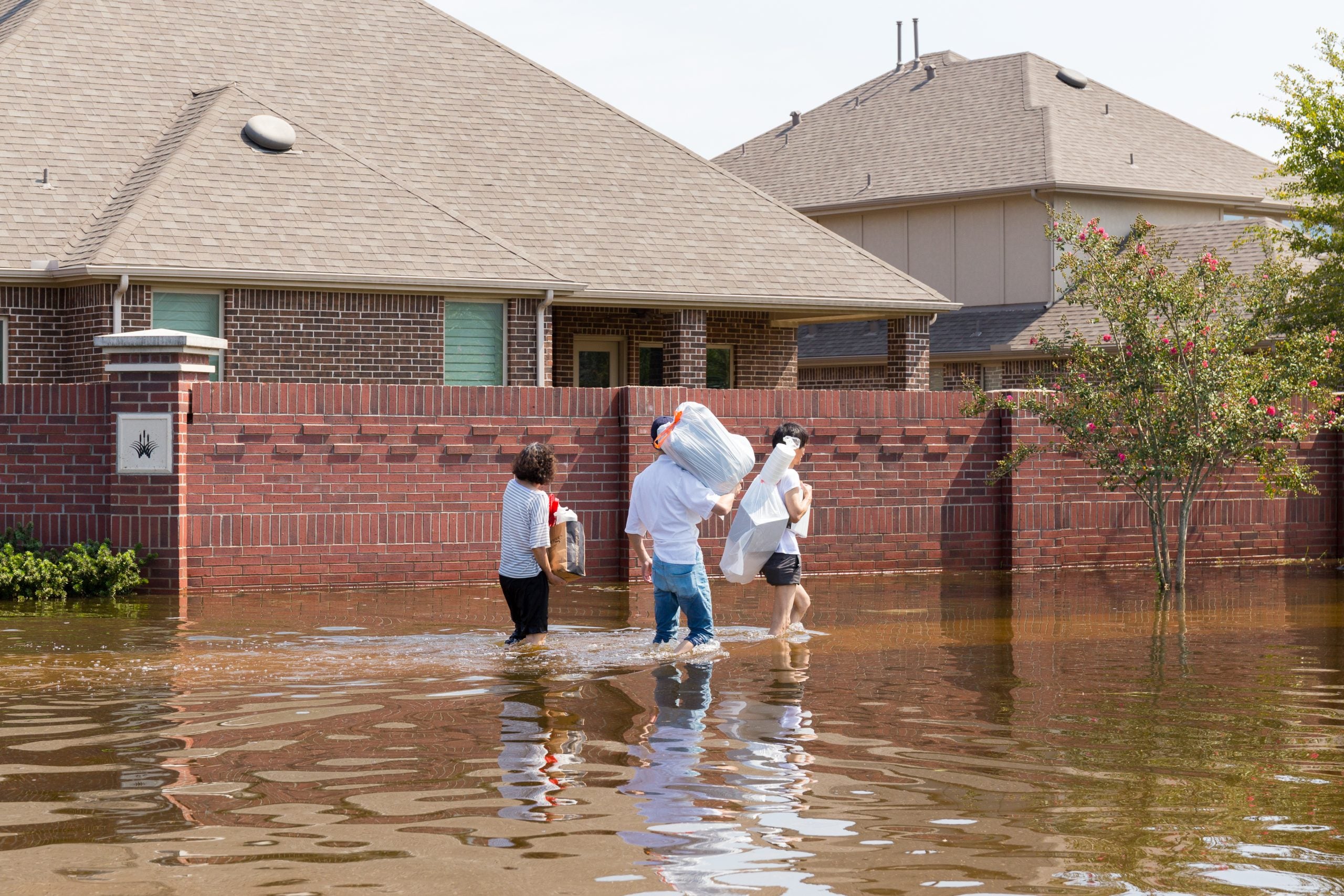How a Bill Moves Through Congress
This post is by Mark MacLeod, Director of Special Projects, Climate and Air Program, Environmental Defense.
Operation Climate Vote
 Part of a series on the work of the Environmental Defense Action Fund to enact an effective climate law. You can help by writing to Congress.
Part of a series on the work of the Environmental Defense Action Fund to enact an effective climate law. You can help by writing to Congress.
Lieberman-Warner Climate Security Act of 2007 (CSA) is the most promising climate change legislation we’ve seen yet. You may have heard that it’s "out of subcommittee" and "scheduled for mark-up on December 5th". But what does that mean?
The legislative process is complicated, but here is a basic overview of the process this bill is following, known as "regular order".
Subcommittees and Committees
To become law, a bill has to pass both the House and the Senate, and then be signed by the President. The Lieberman-Warner bill started its journey in the Senate. It was first introduced in August in the Subcommittee on Private Sector Solutions to Global Warming – a subcommittee of the Environmental and Public Works (EPW) Committee. The subcommittee is chaired by Senator Lieberman, and Senator Warner serves as Ranking Member, the senior member of the minority party.
There were hearings on the bill in subcommittee – that is, experts and stakeholders from various fields were asked to testify on the proposed legislation – and then it went through a process of "mark-up" or amendment. The amended bill was passed out of subcommittee at the end of October and sent to the full committee, where it is now.
There were also committee-level hearings on the bill. Environmental Defense President Fred Krupp was one of the experts asked to testify. One reason for the additional hearings was a request by minority members for more time for consideration. Extra time for the minority (and, truth be told, all staff) to understand the legislation is a smart move that will pay dividends in the future. After the hearings the bill was scheduled for committee mark-up on December 5th – today.
Committee-level mark-up is just like subcommittee mark-up. Members propose amendments which are then voted on, and those amendments receiving a majority vote are incorporated into the bill. At the end of the mark-up, committee members will vote on the amended bill. If passed, the bill will then be sent to the full Senate for consideration.
Floor Discussion and Vote
Whether the bill is brought to the Senate floor for discussion is largely up to the majority leader Harry Reid. But even then, a full Senate vote on the bill isn’t assured. There are a variety of tactics that Senators can use to delay a vote indefinitely, notably filibuster. Sixty votes can stop a filibuster and allow the bill to come to a vote. The bill can then be passed with a simple majority – 51 votes. (A filibuster is not usually possible in the House because House rules give time limits for floor deliberations on a bill.)
After CSA passes the Senate, it will need to be "conferenced" with a climate bill that has passed the House. That is, differences between House and Senate versions of the bill will have to be reconciled in a conference report. (Unfortunately, the House Energy Commerce Committee is lagging behind the Senate Committee and has not begun to take action on climate legislation.) After the conference report is adopted by the Senate and the House – and assuming President Bush doesn’t veto it – it will become law.













One Comment
You can watch it all happening live. The EPW has a live Webcast.